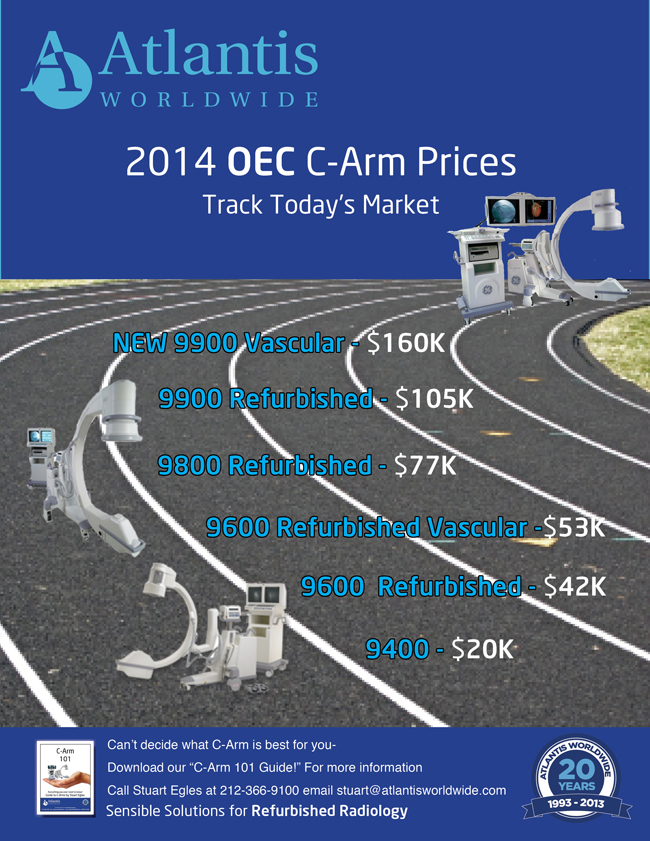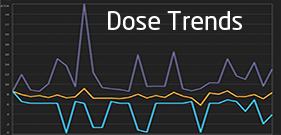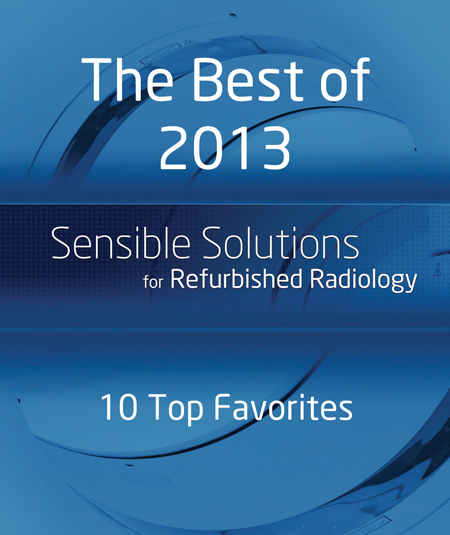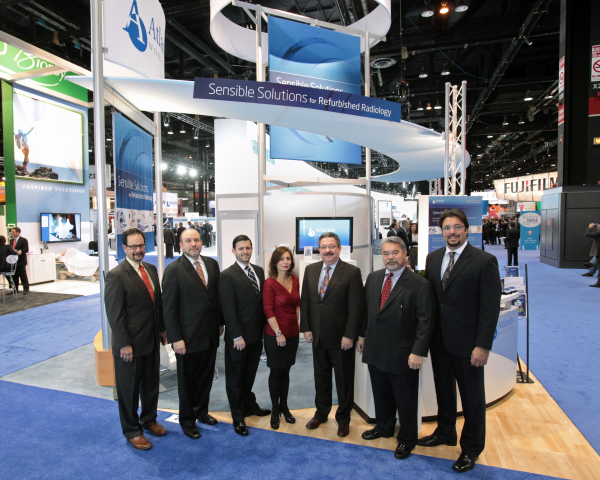CT Scanner or “computed tomography” has been used on animals since the 1970s. It has grown in popularity in veterinary medicine in recent years, because it can provide high image quality and enable vets to make more definitive diagnosis. It can help you identify the best options for treating your pet patients. Best of all, CT Scanners have become more affordable for use in veterinary practices. Before you decide to add CT Scanning to your practice, there are some important considerations.
Sensible Solutions for Refurbished Radiology
Vikki Harmonay
Recent Posts
How to Choose the Best Veterinary CT Scanner for your Practice
Posted by Vikki Harmonay on Wed, Jan 29, 2014 @ 16:01 PM
Topics: Buying Imaging Equipment, Used Medical Imaging Equipment, CT Scanner, Veterinary Blogs
Marketing 101: How to Attract New Patients with Your Low-Dose CT!
Posted by Vikki Harmonay on Thu, Jan 23, 2014 @ 10:01 AM
Radiation dose has become a growing concern for clinicians and patients alike, especially when children have been referred for a medical imaging test. Everyone wants to know more about the risks and benefits of CT scans, X-rays and other forms of medical imaging. When is it necessary? Is it safe? What are the alternatives? Patients want answers, so they can make more informed decisions for themselves and their families.
Topics: iterative image reconstruction, CT Scanner, More Than Just Imaging Solutions
2014 OEC C-Arm Prices! Track Today's Market
Posted by Vikki Harmonay on Wed, Jan 15, 2014 @ 10:01 AM
NEW 2021 C-Arm Price Infographic online now! Click here to see 2021 Updated prices.
Hot off the press!
Keep on track with OEC C-Arm prices this year! Atlantis Worldwide has listed this years prices in a new info-graphic for your reference. For over 20 years Atlantis has been a leader in the refurbished and used C-Arm market. We are here to help you with C-Arm questions and identify the best solution at the best price.
Topics: Medical Imaging Equipment Costs, Buying Imaging Equipment, C-Arm
Topics: Low-dose solution, Medical Imaging News, Imaging Equipment Solutions
The Big Question: Are You Ready For CT Dose Tracking?
Posted by Vikki Harmonay on Thu, Jan 2, 2014 @ 09:01 AM
Radiology departments are under pressure to track radiation dose from CT, and new rules are being proposed on both state and federal levels. A lot of our friends and customers were asking us questions about this at the recent RSNA convention. We decided to share some information, insights and answers through our new eBook, “Radiation Dose: Track, Monitor & Lower."
Topics: iterative image reconstruction, Low-dose solution, Imaging Equipment Solutions
Sensible Solutions for Refurbished Radiology: The Best of 2013
Posted by Vikki Harmonay on Tue, Dec 24, 2013 @ 09:12 AM
10 Top Favorites:
Topics: Selling Image Equipment, Buying Imaging Equipment, Imaging Equipment Solutions
#RSNA13 Wrap-up: Radiological Society of North America Show
Posted by Vikki Harmonay on Wed, Dec 18, 2013 @ 10:12 AM
Topics: Imaging Industry Meetings, Refurbished medical imaging equipment
Extend The Life of Your Medical Imagining Equipment or Replace It?
Posted by Vikki Harmonay on Tue, Dec 10, 2013 @ 09:12 AM
Determining whether your practice, hospital or medical facility should keep their equipment or purchase new/used medical imaging equipment can be complicated-unless-you know what questions to ask, steps to take and numbers to crunch. But before you throw your hands into the air and say, “I’ll think about that tomorrow,” there’s good news! Atlantis Worldwide has put together an eBook that will guide you step by step to the right decision. It’s called, “Extend The Life of Your Medical Imagining Equipment or Replace It?” and it’s yours, free of charge.
As healthcare continues to change, healthcare providers are being tasked with reducing costs while increasing the quality of patient services. That’s why buying refurbished medical imaging equipment is becoming more popular, and more practical. This handy eBook provides information about:
Topics: Selling Image Equipment, Buying Imaging Equipment, Imaging Equipment Solutions
Need Radiology Equipment? Put the 179 Tax Deduction to Work for You
Posted by Vikki Harmonay on Tue, Dec 3, 2013 @ 16:12 PM
Topics: Medical Imaging Equipment Costs, Buying Imaging Equipment, More Than Just Imaging Solutions
What Steps are You Taking to Lower the Dose on Your CT Scanners?
Posted by Vikki Harmonay on Tue, Nov 26, 2013 @ 09:11 AM
There are three distinct steps that we see CT providers taking to reduce patient radiation exposure on their CT scanners today. Lets take a look at these actions.
Topics: iterative image reconstruction, Low-dose solution, CT Scanner












